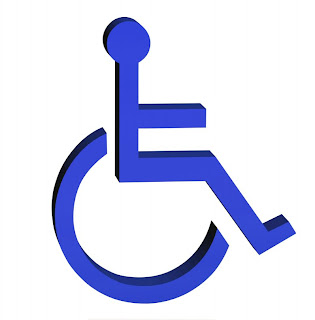Infant Suffocates in Baby Sling – Parents Reminded of Important Safety Rules
A two-day old infant from South Australia died while being carried in an infant sling. According to the report, the infant was being carried underneath the mother’s clothing. She later discovered that the infant was cold and not breathing.
Australian pathologists have named the sling as a “risk factor” in the infant’s death but it was not named as the actual cause of death. Essentially, what they are saying is that the sling could have caused the death, may have contributed to the death but the infant might have died, despite the sling.
This isn’t the first death linked to infant slings. According to Melanie Water from the Australian child safety organization, Kidsafe, there have been 16 other sling-related deaths reported in the United States and Canada. “All baby slings should be sold with clear instructions and specific diagrams to make sure the potential risks are clear,” said Melanie.
The risk is highest for young infants; those under four months of age, says the U.S. Consumer Product Safety Commission. But even these young infants can be carried safely, if the parent is aware of the proper precautions and potential risk factors.
There is no doubt that news like this can stir panic and fear in the hearts of every parent and parent-to-be. The reaction is normal and completely understandable. However, consider the report of the infant’s death again – the mother was wearing the sling under clothing. This is not proper safety.
The mother might have been trying to keep the infant warm or protect it from the sun. Maybe the infant wouldn’t quiet until it was skin to skin. Maybe she nursed the infant under her shirt and just figured everything would be fine if the infant stayed there and slept. The point is not to blame the mother. My heart goes out to her for the loss of her infant. It is truly sad news and I ask that parents not walk away from this with panic, fear or indifference in their hearts and minds.
What I do want parents to consider is that there is a right way and a wrong way to wear an infant sling. This safety is important, no matter how young or old the infant.
Yes, slings do need proper instructions and warnings – many brands do have instructional information on proper sling wearing in the package. There are some brands, however, that may not include this essential information or, if present, the information may not be thorough.
I looked around for a few safety tips for sling-wearing myself. Why? Because I believe in sling wearing. I believe it can be done safely and it was the preferred method of transport for me and my five little ones. Because I believe many parents, if taught how to use a sling safely may find joy in wearing them as well.
Understanding the Risks
- Infants, particularly newborns, do not have the strength to pull away from soft fabrics when they are unable to breathe. For this reason, all soft fabrics should be kept away from baby’s face. This includes your infant sling. When looking at baby in the sling, his or her face should be facing yours. You should be able to see your infant’s nose and mouth clearly and their head should be close enough for you to kiss.
- When looking at your infant’s head, you should also ensure that baby’s chin is not touching the chest. This also obstructs breathing and the infant lacks the muscle control needed to readjust the head to open airways.
- Check your infant’s position regularly and readjust as needed. While most infants stay well situated in their sling, movement can and does happen.
- Infant slings should never be worn under clothing. This could cause breathing obstructions or cause you infant to rebreathe the same air – air that lacks oxygen. It also takes away your ability to monitor your infant.
- You should never run, jog or perform any other high intensity activity while your infant is in the sling. According to the American Chiropractic Association, this can cause damage to the spine, brain or neck of your infant.
- Use the carrier designed for your baby’s weight and age range. Backpack slings should only be used with older babies and toddlers. Front carriers can be used for infants but parents that have infants under 8 pounds should not use a sling. Infants smaller than 8 pounds can slip out from the sling because they are not designed for infants this small.
- Inspect your sling every time you use it. This will ensure that you notice any broken seams, buckles or fasteners as well as any worn fabric.
- Do not carry an additional infant while using an infant sling.
- If it is cold or wet outdoors, purchase a coat or poncho designed for sling wearing. Do not overdress your infant when it is hot outside. Remember, they are against your body and they will receive heat dissipation from you. If overdressed in the summer, heat stress can occur.
- Do not carry anything in your infant sling besides your infant. Other items can become choking or suffocation hazards.
Related Articles:
- Parents & Med Suppliers Called to Action Due to Increase of Accidental Ingestion by Children
- Couple Sentenced to Life after Six Week Old Infant Dies from ‘Vegan Diet’
- Chicago City Council to Ban Crib Bumper Dales to Prevent Strangulation


Comments